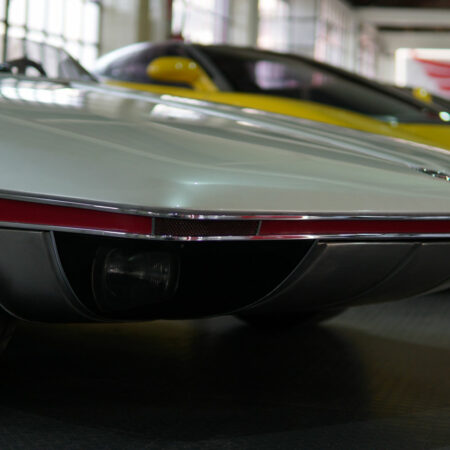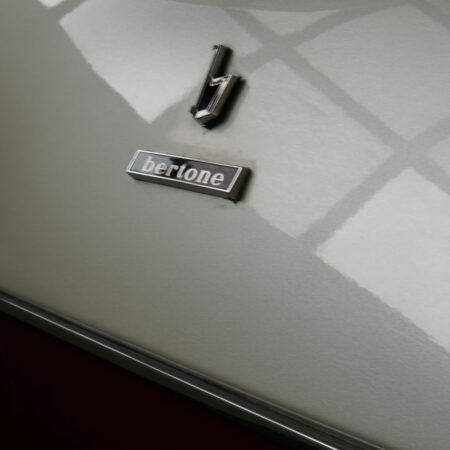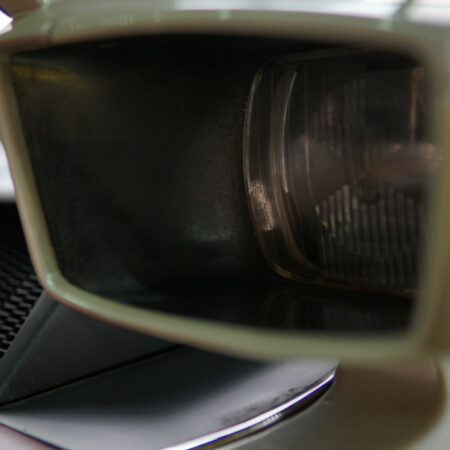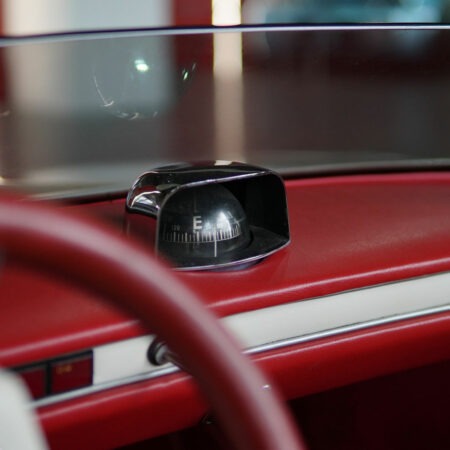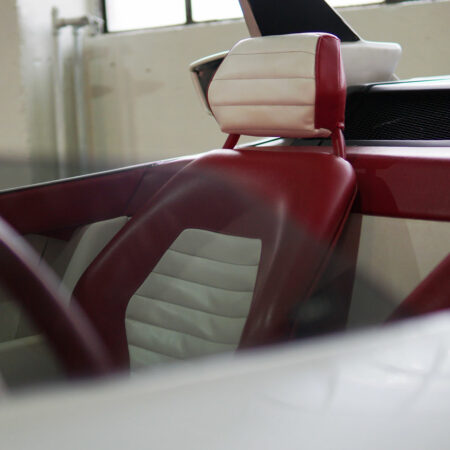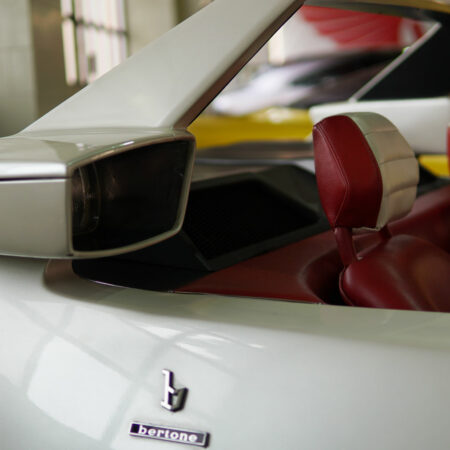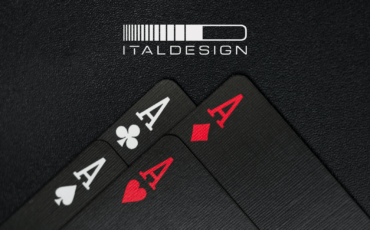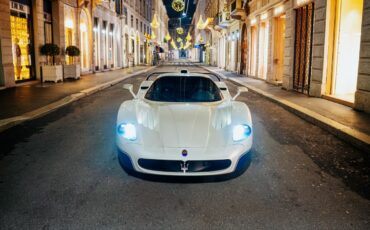In the vibrant landscape of automotive history, certain vehicles stand as beacons of ingenuity and design. Among these legends resides the Autobianchi Runabout, a concept car that emerged from the creative minds of Bertone and Marcello Gandini in 1969 unveiled at the Turin Auto Salon. It was a time when the automotive world was ripe with experimentation and bold ideas, and the Runabout encapsulated the essence of this era perfectly.
Bertone, renowned for its daring designs and groundbreaking concepts, saw an opportunity to revolutionize the two-seater sports car landscape. Collaborating with Fiat, they envisioned a successor to the beloved Fiat 850 Spider, one that would challenge conventions and ignite a new era of automotive excellence.
At the heart of the Runabout’s design philosophy was the belief in the superiority of the mid-engine layout for compact sports vehicles. While traditionally associated with high-performance supercars, Bertone sought to showcase its versatility in a budget-friendly package. Drawing inspiration from the success of models like the Lamborghini Miura and the Matra, the Runabout aimed to democratize the mid-engine experience.
A Visionary Collaboration: Bertone and Fiat
The Autobianchi Runabout was not merely the brainchild of one visionary, but the result of a collaborative effort between Bertone, the renowned Italian coachbuilder, and Fiat, a titan of the automotive industry. The partnership between these two powerhouses was fueled by a shared ambition: to redefine the concept of the two-seater sports car. As they set out on this ambitious endeavor, they sought to challenge the norms and conventions that had long dictated automotive design.
Bertone, with its storied history of crafting iconic vehicles, brought to the table a wealth of experience and expertise in design and craftsmanship. Fiat, on the other hand, provided the technical prowess and engineering know-how necessary to bring bold concepts to life. Together, they formed a formidable team, united by a shared vision of pushing the boundaries of automotive innovation.
At the heart of their collaboration was the belief in the potential of the mid-engine layout—a configuration that placed the engine behind the driver, rather than in front of or behind the rear axle. While this layout had long been associated with high-performance supercars, Bertone and Fiat saw its potential to transform more accessible sports cars, offering superior handling and driving dynamics.
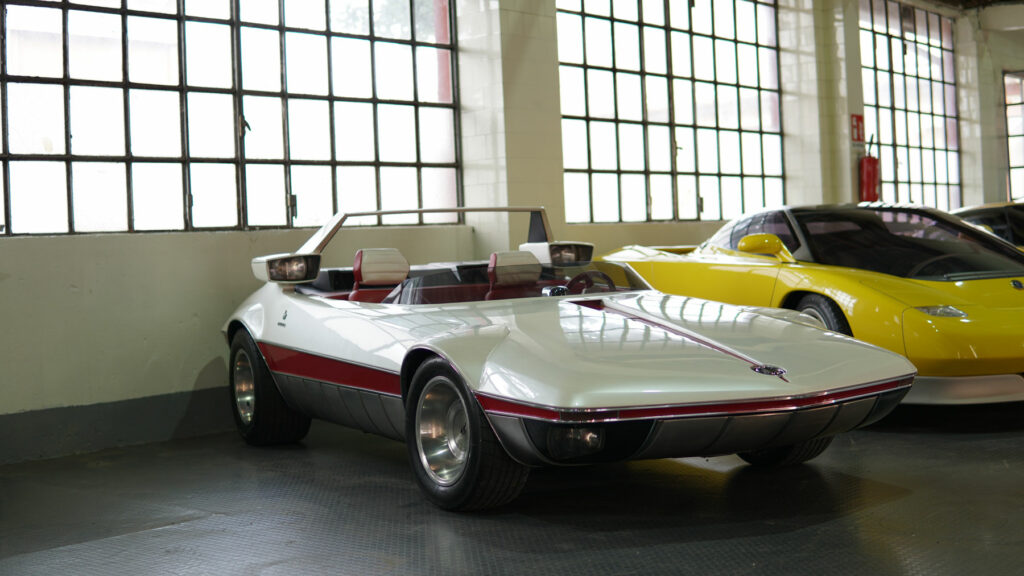
Marcello Gandini: Crafting Automotive Art
Central to the development of the Autobianchi Runabout was the creative genius of Marcello Gandini, a visionary designer whose name would become synonymous with automotive excellence. Gandini possessed a rare talent for blending form and function, creating vehicles that were as visually striking as they were technologically advanced.
For the Runabout project, Gandini drew inspiration from an unexpected source: the world of speedboats and pleasure crafts. This unconventional approach gave birth to a design that was unlike anything the automotive world had seen before. With its sleek lines, bold proportions, and avant-garde aesthetic, the Runabout was a testament to Gandini’s ability to push the boundaries of design while still paying homage to tradition.
Embracing Innovation: The Mid-Engine Marvel
The Autobianchi Runabout was not merely a static design exercise; it was a bold statement of automotive innovation. At its core lay the revolutionary mid-engine layout, a configuration that positioned the engine amidships, behind the driver and ahead of the rear axle. This placement offered several distinct advantages, including improved weight distribution, enhanced traction, and superior handling characteristics.
Eschewing the traditional front-engine, rear-wheel-drive setup of most sports cars of the era, the Runabout embraced the mid-engine layout with gusto. This bold engineering decision allowed for a more compact and agile vehicle, capable of tackling tight corners and winding roads with confidence and precision.
The mid-engine placement also had aesthetic implications, shaping the overall design of the Runabout in profound ways. With the engine nestled snugly behind the driver, the Runabout boasted a sleek and aerodynamic profile, with a pronounced rearward bias that lent it a sense of dynamic motion even at rest.
But perhaps the most striking aspect of the Runabout’s design was its departure from traditional automotive conventions. Gone were the conventional doors and roof, replaced instead by an open-air cockpit that invited drivers to experience the pure thrill of the open road. This minimalist approach to design was a bold statement of intent, signaling to the world that the Runabout was not just another sports car—it was a revolution on wheels.
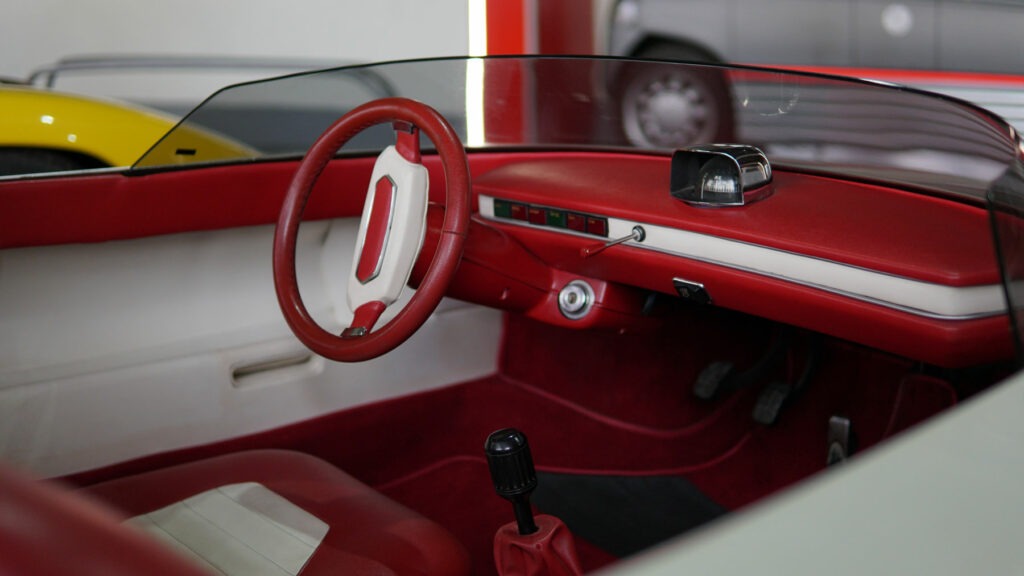
The Essence of Simplicity: Interior Elegance
Inside the cockpit, simplicity reigned supreme. A solitary speedometer, reminiscent of a nautical compass, adorned the dashboard, serving as the focal point of the driver’s attention. Surrounding it was a minimalist array of controls and switches, each meticulously placed for optimal ergonomics and functionality.
But while the interior of the Runabout may have been sparse in terms of features, it more than made up for it in terms of elegance and craftsmanship. Every surface was adorned with the finest materials, meticulously crafted to create an environment that was as luxurious as it was purposeful.
The seating arrangement was equally thoughtful, with low-slung bucket seats that cradled occupants in comfort and support. Every detail, from the stitching on the upholstery to the placement of the pedals, was carefully considered to create an interior that was both beautiful and functional—a true testament to the artistry of Italian automotive design.
The Legacy Unfolds: Impact and Influence
While the Runabout never saw production, its impact reverberated throughout the automotive world. Serving as the precursor to the Fiat X1/9, it laid the groundwork for future mid-engine sports cars and inspired generations of designers to push the boundaries of creativity.
But perhaps its greatest legacy lies in the hearts and minds of enthusiasts and designers alike, who continue to be captivated by its timeless beauty and innovative spirit. From its daring design to its revolutionary engineering, the Autobianchi Runabout remains a testament to the power of creativity and imagination—a reminder that, in the world of automotive design, anything is possible.
Looking Ahead: Inspiring Future Generations
As we reflect on the legacy of the Autobianchi Runabout, we are reminded of the importance of daring to dream and pushing the boundaries of what is possible. In an ever-evolving industry, innovation is the lifeblood that fuels progress. As designers and engineers strive to create the cars of tomorrow, may they draw inspiration from the bold spirit of the Runabout and continue to challenge the status quo. For in the pursuit of automotive excellence, there are no limits—only endless possibilities waiting to be explored.
The Autobianchi Runabout may have been a concept car ahead of its time, but its impact on the automotive world is timeless. As we celebrate its legacy, let us remember the visionaries who dared to imagine a future where innovation knows no bounds. And may we, too, be inspired to push the limits of what is possible, driving us ever closer to a future where automotive excellence knows no bounds.

